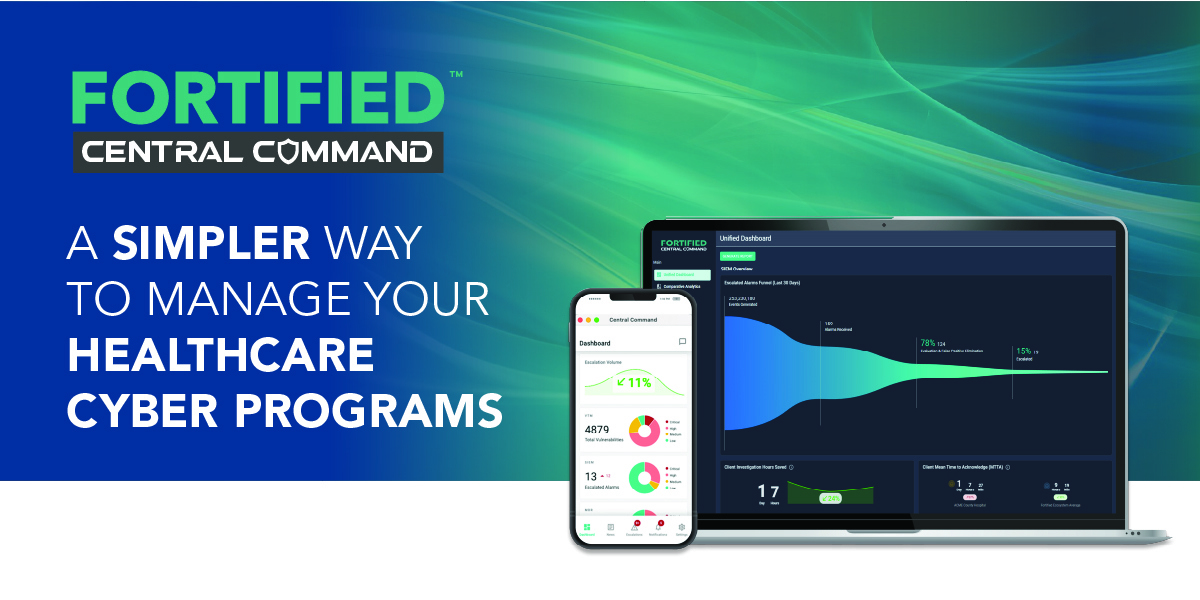❯❯❯❯ An In-Depth Guide to Threads in OpenAI Assistants API: This blog compares the limitations of standard chat completion models with the enhanced capabilities of the Assistance API. It explains how the Assistance API overcomes issues like lack of memory, computational limitations, and synchronous processing by supporting features such as persistent threads, code interpretation, file retrieval, function calling, and asynchronous workflows. The post includes Python code examples demonstrating how to create, list, retrieve, modify, and delete threads and messages, helping developers manage conversation context more effectively.
❯❯❯❯ Indexed View for Aggregating Metrics: This blog explores using Microsoft Azure SQL for storing and querying daily user metrics in web applications. It demonstrates how to aggregate data, such as user activity from a hotel booking site, over daily, weekly, or monthly intervals, and highlights the performance benefits of using indexed views for real-time analytics on large datasets.
❯❯❯❯ Spring Data Neo4j: How to Update an Entity: This blog explores various methods for updating entities in Spring Data Neo4j. It highlights the limitations of the default save () method, which can inadvertently overwrite existing values with null, and demonstrates alternative approaches such as PATCH methods, custom Cypher queries, and DTO-based projections to update only specific properties while preserving existing data.
❯❯❯❯ SQL Dynamic Data Masking for Privacy and Compliance: This blog explains SQL Server Dynamic Data Masking, a feature that obscures sensitive data from non-privileged users to enhance security and compliance. It covers when and why to use masking (e.g., in development environments, for third-party access, and to meet regulatory requirements), outlines prerequisites and masking functions, and provides step-by-step examples for applying and testing masking rules. The post also discusses how dynamic masking supports data minimization, audit readiness, and scalability, ensuring only authorized users see full data while others view masked values.
 United States
United States
 Great Britain
Great Britain
 India
India
 Germany
Germany
 France
France
 Canada
Canada
 Russia
Russia
 Spain
Spain
 Brazil
Brazil
 Australia
Australia
 South Africa
South Africa
 Thailand
Thailand
 Ukraine
Ukraine
 Switzerland
Switzerland
 Slovakia
Slovakia
 Luxembourg
Luxembourg
 Hungary
Hungary
 Romania
Romania
 Denmark
Denmark
 Ireland
Ireland
 Estonia
Estonia
 Belgium
Belgium
 Italy
Italy
 Finland
Finland
 Cyprus
Cyprus
 Lithuania
Lithuania
 Latvia
Latvia
 Malta
Malta
 Netherlands
Netherlands
 Portugal
Portugal
 Slovenia
Slovenia
 Sweden
Sweden
 Argentina
Argentina
 Colombia
Colombia
 Ecuador
Ecuador
 Indonesia
Indonesia
 Mexico
Mexico
 New Zealand
New Zealand
 Norway
Norway
 South Korea
South Korea
 Taiwan
Taiwan
 Turkey
Turkey
 Czechia
Czechia
 Austria
Austria
 Greece
Greece
 Isle of Man
Isle of Man
 Bulgaria
Bulgaria
 Japan
Japan
 Philippines
Philippines
 Poland
Poland
 Singapore
Singapore
 Egypt
Egypt
 Chile
Chile
 Malaysia
Malaysia















